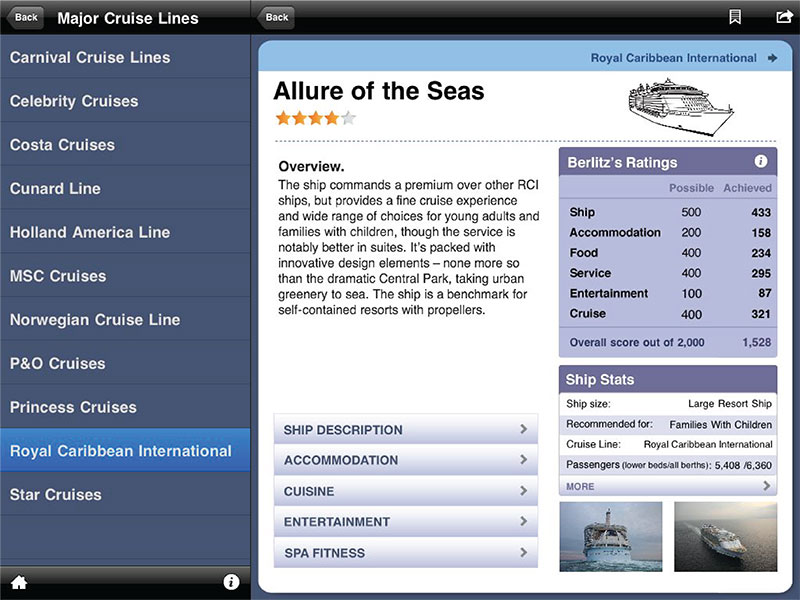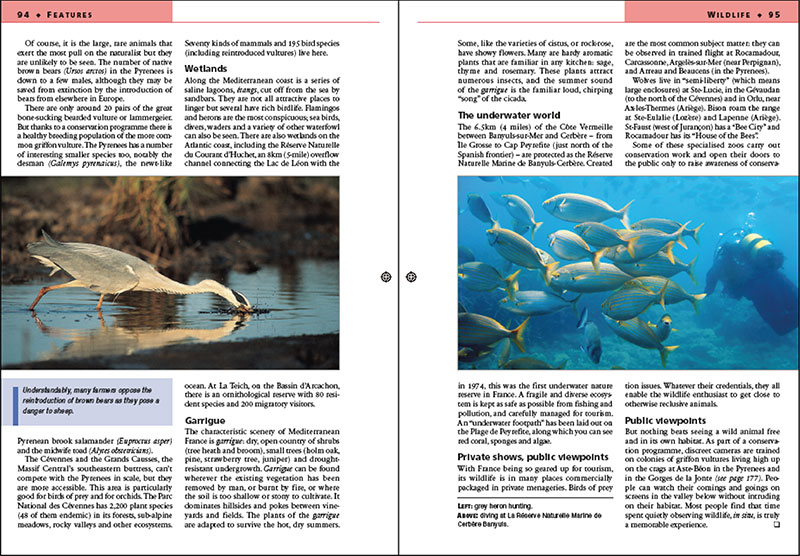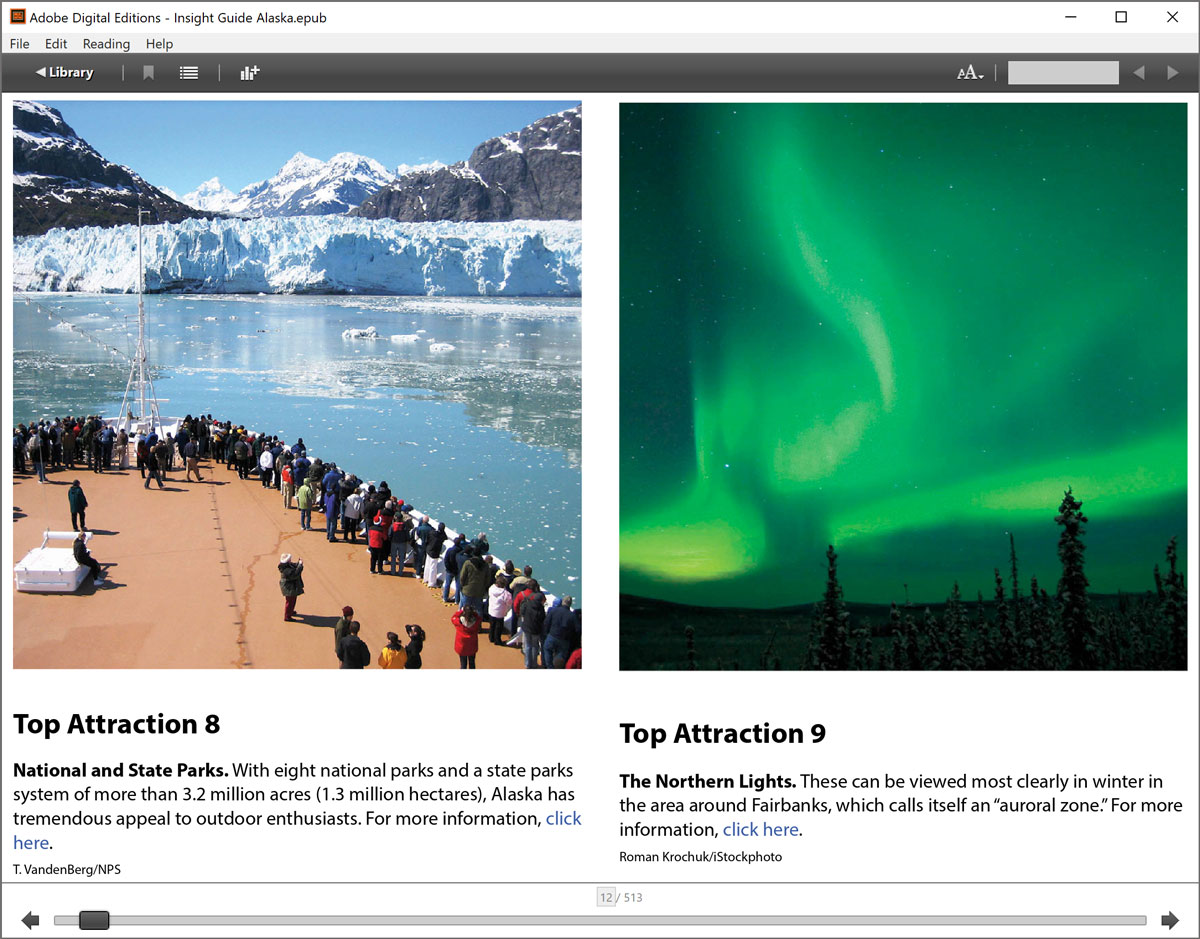This travel publisher halved production time for over 400 visually rich print titles and now produces e-books in-house.
Offering hundreds of titles covering more than 200 destinations across the globe, Apa Publications has provided travellers with high-quality travel content for over 45 years.
Apa Publications imprints—Insight Guides, Berlitz and, more recently, Rough Guides—are known for their focus on beautiful photography, language education, and a deep understanding of history and culture drawn from extensive local knowledge.
From its editorial offices in London, Apa Publications produces visually rich guides for print and e-book formats. It also offers a continually growing library of user-friendly apps, including the Berlitz Cruising & Cruise Ships app.
The challenge: Efficiently managing production of 120 titles per year in multiple formats
In 2011, Apa Publications’ print production work was undertaken manually in Adobe InDesign by four in-house staff members and a team of freelancers.
The process took around nine days per title, with almost half that time spent on manual application of styles. The final layouts were sent to an external indexing service to create the complex indexes contained in each book.
As new digital formats emerged, Apa Publications investigated converting its print titles to e-books. Outsourcing seemed like the best option, but it became apparent that the print files were not suitable for conversion due to inconsistent application of design elements and styles.

External conversion houses struggled with the files and returned high quotes for complex layouts, preventing the e-book program from progressing.
Meanwhile, the Berlitz Complete Guide to Cruise Ships was outsourced for production as a smartphone app.
Unfortunately, the master source data—with 30–40 fields per ship—was contained in the Adobe InDesign files used for the print book. Manually styling and exporting the fields from InDesign was “a nightmare”, and each update or new edition of the app meant going through the same tedious process.
Typefi provides the impetus for positive change
Jason Mitchell, Publishing Operations Manager at Apa Publications, developed a three-year business plan to overcome the impediments to the organisation’s publishing strategy.
The plan had four objectives—to halve production time (from nine days down to three to five, with styles taking no more than one day), to develop consistent styling, to enable easy content repurposing and licensing to third parties, and to create e-books in-house.
The first step was to install Typefi Workgroup, including standard modules for auto-tagging and indexing, as well as a custom module for automatically placing and indexing photo credits.
Following three months of training, InDesign template development and customisation, the Apa Publications team embarked on production of its first set of travel guides using the new platform.
Faster production straight away, with future savings
After the first 12 months, all objectives were ahead of or on target. Production time for styling had been reduced to one day for titles with no legacy issues, while titles with legacy issues were down to three days.
The production team’s new consistent approach to styling meant that templates could be redeployed across titles and series, and source content could be easily repurposed for new editions, new formats, and licensing.

“A lot of the work is one-time-only, with significant future benefits. The relinking structure, styles and images will all be in place,” said Jason Mitchell. “We are building the foundation for every edition in the future.”
The time-consuming process of inserting index tags for each title also became one-time-only for each title thanks to Typefi’s automatic indexing capabilities.
While costs for indexing initially increased due to the need for the external indexing contractors to learn the new system, Apa Publications could look forward to zero costs for future editions as the work had already been done.
New ways of thinking about content
Astrid deRidder, Typefi Content Manager at Apa Publications, said one of the biggest successes was the ability to repurpose single-source content.
Content could be easily provided to outsourcers for app production, while all e-books are now produced in-house, in parallel with the print books, as part of the main production workflow.
“In the first half of 2012, we published 17 e-books that we couldn’t have done before,” Astrid said.

According to Jason Mitchell, the benefits go beyond the quantifiable measures of time, cost and outputs to the more intangible issue of change management in an industry undergoing significant disruption.
“Whether you publish travel content or trade content, it’s all content. To survive in publishing today, you need to understand your content and be able to think laterally about it,” Jason said.
“Choosing Typefi forces everyone to look at books as content. Typefi is a great catalyst for a publishing company in enabling more conceptual thinking.”
Ready to take the first step towards revolutionising your publishing?
We’ll work with you to understand the publishing challenges you’re facing and determine which Typefi solution best suits your budget and production requirements. Start by telling us a bit about your publishing needs and we’ll be in touch!
